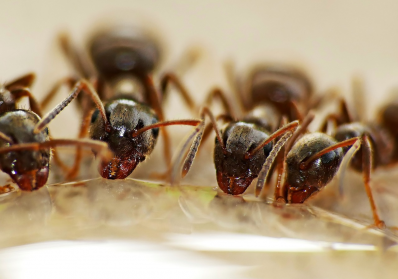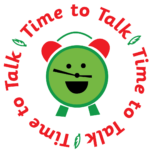Semi-colons: silver ants
The Grammar Bit!
Read the three scintillating sentences opposite. You’ll notice that each sentence consists of two main clauses that have been joined with a semi-colon (;). Remember – a main clause (sometimes called an independent clause) usually contains a subject and a verb and must make sense on its own.
A semi-colon is used when the statement made in the second clause is closely related to the first. It would, of course, be possible to write two separate sentences demarcated by a full stop. e.g. The blistering sun was proving deadly. The silver ants made a quick retreat. Alternatively, you could use a coordinating conjunction (for, and, nor, but, or, yet, so) to join the two clauses. e.g. The blistering sun was proving deadly so the silver ants made a quick retreat. However, there is a subtle difference; the semi-colon establishes a link between the two clauses, but the readers must work out for themselves the exact nature of this link.
With your talk partner, discuss the effect of the semi-colon in each of the sentences opposite.
Factoid: JK Rowling is perhaps the most famous children’s author who uses semi-colons frequently in her writing. Some would say that using them effectively is the mark of a very sophisticated writer.
Scintillating Sentences
1) The blistering sun was proving deadly; the silver ants made a quick retreat.
2) Silver ants scavenge on those that have frazzled in the midday heat; they have no need to hunt other insects.
3) The silver ants were able to move across the desert at lightning speed; long legs were the key to their rapid locomotion.

Did you know?
Ants don’t have ears. Instead, they ‘hear’ by feeling vibrations in the ground through their feet.

 Sign in
Sign in

